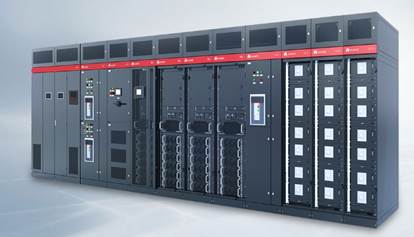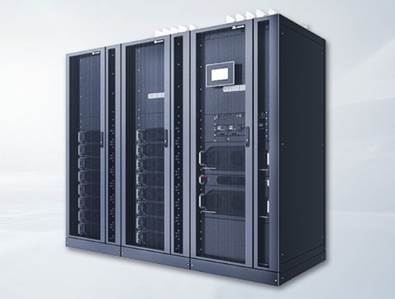Standard surveillance cameras often
fail due to rapid battery drain, weakened Wi-Fi signals through ice, and
cracking plastic housings in harsh winter conditions—leaving security gaps when
reliable monitoring is most critical. POE (Power over Ethernet) cameras address
these issues with stable power delivery and wired connectivity via a single
Ethernet cable, ensuring uninterrupted operation in sub-zero temperatures.
Unlike battery-powered models that lose efficiency below 32°F or wireless
systems struggling in snowstorms, POE cameras eliminate cold-related downtime.
Their rugged designs resist frost damage, making them ideal for freezing
climates. This guide explains why POE cameras are the superior choice for
winter security, highlighting their reliability, durability, and
cost-effectiveness in extreme cold.

Reasons of POE Cameras Are the Best
Choice for Cold Climate Surveillance
How Do POE Cameras Stay Powered in
Sub-Zero Temperatures?
POE cameras bypass the pitfalls of
battery-powered wireless systems in freezing temperatures. Lithium-ion
batteries in wireless cameras lose up to 50% efficiency in the cold, causing
frequent failures or warm-up delays, while POE systems draw stable power via
Ethernet cables, ensuring 99.9% uptime even at -10°F (per Security Tech Labs).
POE switches adjust voltage to counteract dips from long cables in extreme
cold, maintaining performance in remote areas. Without battery compartments,
POE cameras have fewer entry points for moisture, reducing freeze-related
damage. This direct power design makes POE the hassle-free choice for reliable
cold-climate surveillance.
Do POE Cameras Work Better Than
Wireless in Snow and Ice?
Wireless cameras struggle in snowy
and icy conditions due to Wi-Fi interference from thick snow blocking signals
and ice distorting transmissions. POE cameras, however, use Ethernet cables,
ensuring uninterrupted real-time footage even in blizzards. POE models with
IP67 ratings resist moisture and ice buildup, while some include heaters to
melt snow automatically. Their sealed metal or polycarbonate housings prevent
frost-related cracks, unlike wireless cameras with vulnerable plastic seams.
Additionally, POE’s direct connection avoids Wi-Fi weakening through
ice-covered walls, guaranteeing instant event capture for reliable winter
surveillance.
What Makes POE Cameras More Durable
in Freezing Conditions?
POE cameras excel in extreme cold
due to their rugged design, using durable materials like aluminum or reinforced
polycarbonate that resist cracking from ice expansion, unlike brittle plastics
in wireless models. For instance, the eufy brand camera operates at -40°F. POE
systems also provide clear temperature ratings. Sealed ports and gaskets
protect the POE camera from moisture ingress during
freeze/thaw cycles, whereas wireless models with exposed ports face corrosion
risks. Studies show POE cameras last 3x longer in cold climates. Additionally,
heated lenses and defrosting features prevent ice buildup, ensuring clear
footage—a key advantage over wireless alternatives.

Are POE Cameras Cost-Effective for
Long-Term Cold Weather Use?
While POE cameras may have a higher
upfront cost than wireless or battery-powered models, their long-term savings
in cold climates are substantial. Wireless cameras require frequent battery
replacements or recharging, which becomes impractical in freezing temperatures
and remote locations. Wi-Fi signal boosters or weatherproofing upgrades for
wireless systems add to recurring costs, whereas POE cameras eliminate these
expenses with a single wired installation. Additionally, POE’s durability
reduces maintenance and replacement needs—businesses using POE cameras in cold
regions saved up to 40% in total ownership costs over five years compared to
wireless alternatives. For homeowners, POE cameras also avoid the hassle of
winterizing wireless setups, offering a "set-and-forget" solution
that delivers reliable security year-round.
Conclusion
POE cameras are ideal for
cold-climate surveillance, offering unmatched reliability and durability. Their
wired power ensures continuous operation in sub-zero temperatures, while
rugged, IP67-rated designs resist snow and ice. Unlike wireless cameras, POE
systems avoid cold-drained batteries and weakened Wi-Fi signals through icy
walls, reducing maintenance and long-term costs. For freezing regions,
prioritize POE models with built-in heaters and extreme-cold certifications.
Brands like eufy provide reliable winter-ready options, delivering clear
footage 24/7. With the right setup, POE cameras prove essential for dependable
cold-weather security, eliminating the drawbacks of wireless alternatives.
